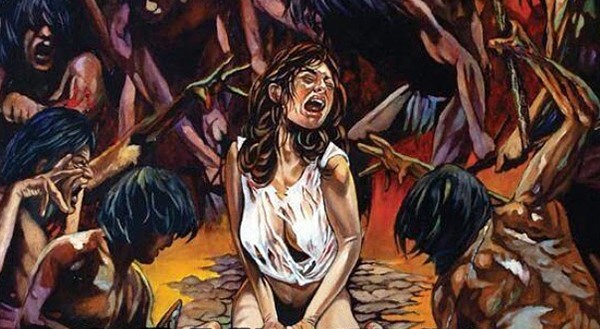Anghus Houvouras on whether the solo superhero movie can survive….
It’s been an interesting year for comic book films. Captain America: The Winter Soldier has doubled the take of the The First Avenger while Spider-Man has been anything but Amazing at the US Box Office looking to take in less than the first film in the rebooted series. Then X-Men: Days of Future Past comes out and debuts big globally.
Like a lot of people covering geek cinema, there is always an inherent need to understand why one thing works and another doesn’t. We are constantly prognosticating the success level of films based on the most spurious observations from trailers and marketing materials. The truth is, very few of us online have any kind of magical foresight. We look for trends, try to find commonalities, and make judgements based on a (hopefully) refined instinct.
Spider-Man is considered one of the three most iconic heroes in pop culture. Batman and Superman are the other two. So why is Marc Webb’s take on one of the most popular comic book characters floundering while second tier heroes X-Men and Captain America have succeeded in both generating critical and capital successes in 2014?
All of them feature are big budget monstrosities featuring eye-popping action and mind bending special effects. All of them are based on popular comic characters, though Captain America is hardly the sales juggernaut that X-Men and Spider-Man have been. As I looked at the dynamic of these three movies, I noticed something.
I’ve written before about the ever-escalating scale of comic book movies. They continue to get bigger and bigger featuring more inconceivable sequences and packing in more and more characters in an effort to ratchet up the stakes. The Avengers proved that cramming a bunch of different superheroes into one movie has amazing potential to please fans and make fat stacks of cash. Warner Brothers is applying the formula to Batman v Superman: Dawn of Justice and Justice League. The more heroes you put into your comic book movies, the better.
The more heroes…
X-Men has always been chock full of super heroes with a variety of personalities and personas. It’s baked into the formula. Days of Future Past managed to cram together a cast of past, present, and future mutants to up the stakes. Captain America: The Winter Soldier took Captain America and added in Black Widow, the Falcon, and Nick Fury. More heroes = More interest.
The Amazing Spider-Man 2 went the more traditional route of adding more villains. A strategy that has been in play since Penguin and Catwoman teamed up in Batman Returns laying out a template of sorts that has been abused and overused ever since. Sony seems to be betting big on a higher villain count as they prepare The Amazing Spider-Man 3, The Amazing Spider-Man 4, and a Sinister Six movie. This could be a risky endeavor for Sony given the diminishing returns of their franchise.
I’m not advocating that every movie has to follow the exact same formula (god forbid), but in a landscape where every superhero movie is employing multiple super powered protagonists, Spider-Man begins to feel like the superhero movie of the past where more and more villains are shoehorned into the film to give the main character something else to punch, instead of finding more allies for him to fight escalated threats with.
Black Cat? The Flash Thompson version of Venom? Ben Reilly? Add a couple of ‘amazing friends’ to whatever roster of characters Sony has the rights to? I won’t claim to know all the answers, but in this current era of super powered team ups, Spidey might need to find a few allies if his movies are going to compete with the likes of Avengers and the Justice League.
The truth is with all these team-up movies, the solo superhero movie begins to become a riskier proposition.
Anghus Houvouras is a North Carolina based writer and filmmaker. His latest work, the novel My Career Suicide Note, is available from Amazon. Follow him on Twitter.










